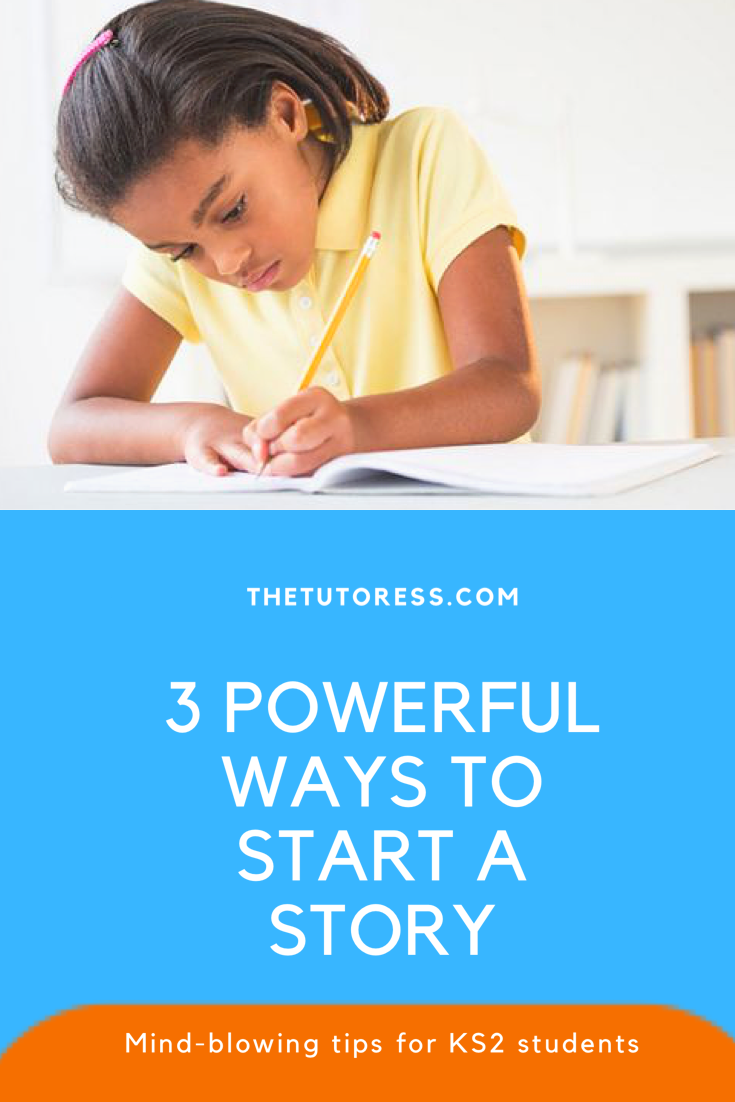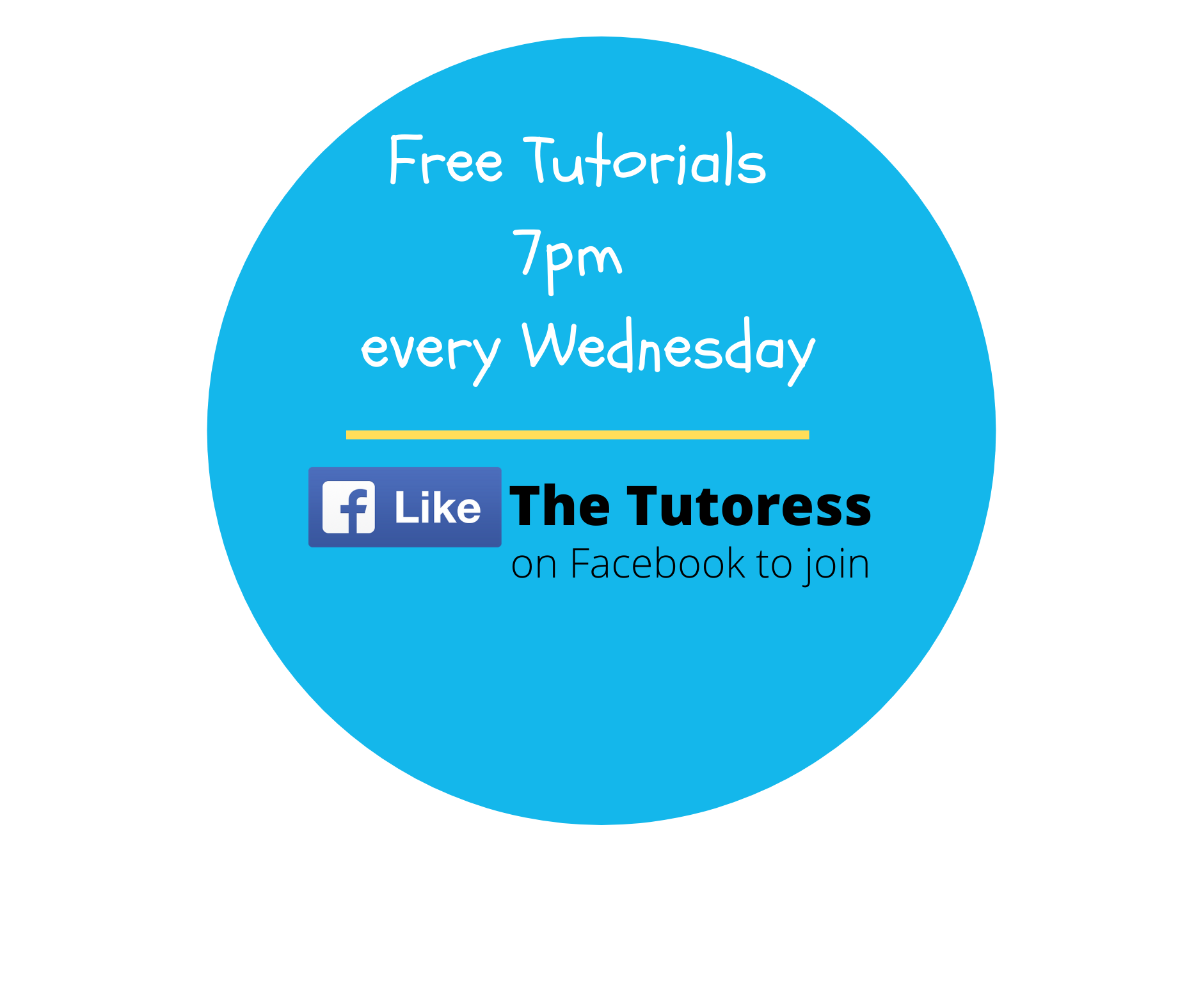3. Talk more.
In this day and age where we’re often glued to our phones or laptops, it’s easy to dismiss our children and to sort of tune out to their needs.
However, in this digitalised age, it’s more important than ever to engage in conversations with children so that they benefit from face-to-face interactions and pick up new vocabulary in a very natural way.
Often enough, they won’t notice that they’re leaning the meaning of a new word simply by talking to you. For instance, if your child needs to learn the meaning of “perturbed,” why not use that word as many times during the day as you can or encourage them to use the word as much as possible?
You could even have a competition where the person who uses the word most within a day wins a prize. Once again, it’s about thinking creatively and outside of the box.
4. Play Games
There’s an old adage that says children learn through play. Sadly, sometimes as children get older, we forget how important play is in helping to stimulate and enhance their academic skills.
It provides them with so many benefits and acts as the perfect bonding moment for both of you. Games such as Scrabble are particularly great for vocabulary building and to be honest, playing Scrabble doesn’t feel like ‘work.
5. Change The Décor
Don’t you just love a change of scenery? I’m sure you do and your child probably does too.
There’s a really easy way to change your child’s visual environment whilst boosting their vocabulary and that’s simply by decorating their room with things that stimulate their vocabulary or, if you prefer an even simpler choice, stick vocabulary words on the wall of their bedroom.
You can make this activity fun by writing the word on a piece of card paper and adding the definition, synonym, and antonym underneath so that they can see the meaning every time they see the word. It makes vocabulary building fun because you can decorate the cards, add glitter, sparkles, use felt tips or add anything that will help motivate your child to look at the card and learn the word.
Often enough, you’ll find that they’ll glance at the word once or twice a day and over time they’ll pick up its meaning. If you’re feeling fancy, you could even add words to magnetic slates and stick them on the fridge.
Boosting your child’s vocabulary might seem like a daunting task but if you dedicate enough time and effort into it, it will really pay off.
Sometimes certain elements of 11+ preparation are arduous but the key is to break some of the big tasks (like vocab building) into small chunks (like word walls or word decor) and overtime, things will get easier and your child will start making great progress.
Consistency is key.









